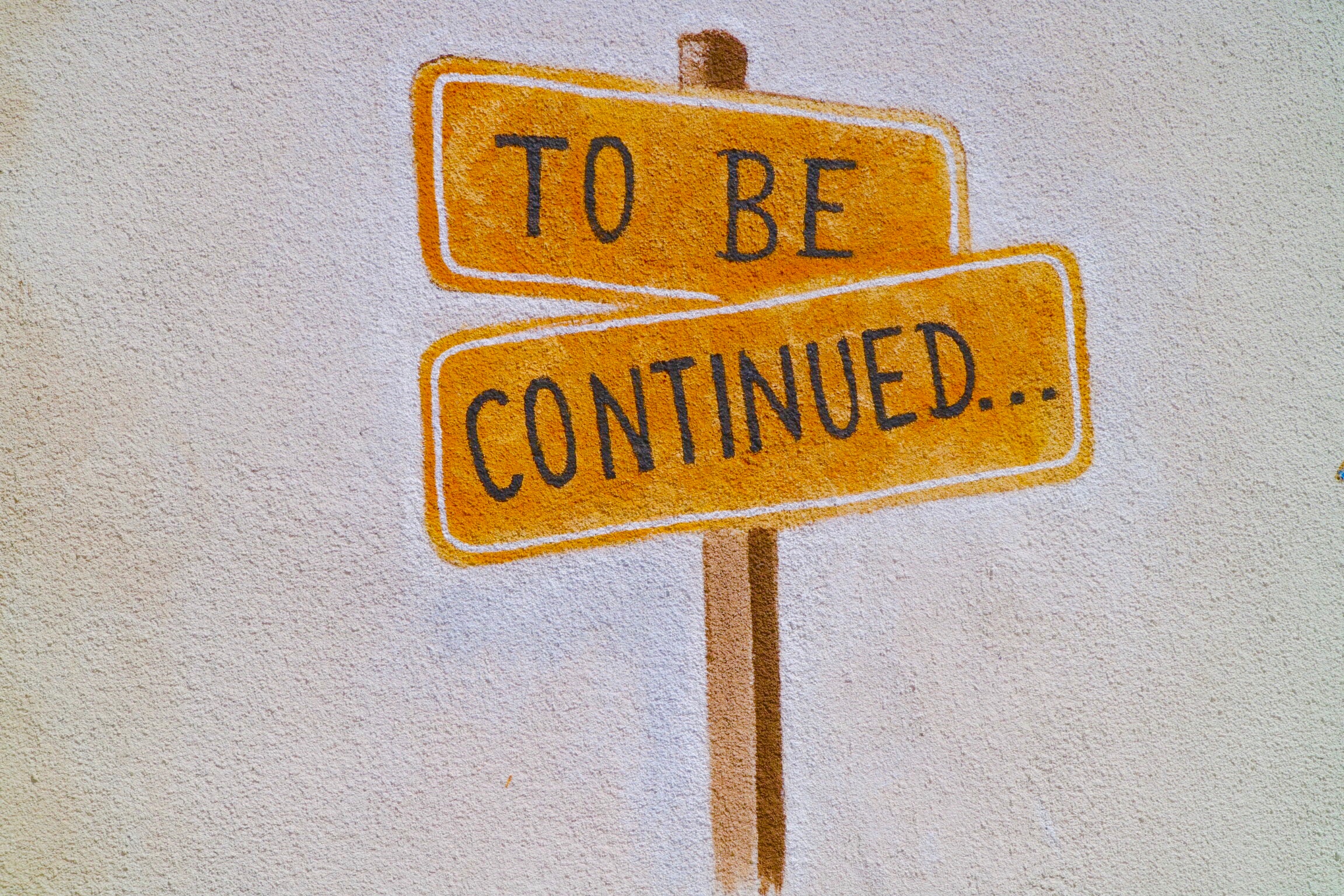Today we’d like to talk about presentation fatigue. By which we don’t mean how tired you feel at the idea of working on another presentation which wows (!) but rather the fatigue that is caused by tired formats, presented in repetitive and boring ways.
One of the most exciting ways in which corporate presentations have evolved over the years has to do with storytelling. The power of storytelling is increasingly being acknowledged and leveraged to boost the impact and effectiveness of traditional presentations.
So how does one go about it? We have a few handy suggestions, especially for those who are more comfortable with data and graphics, rather than with narrative flow and dramatic impact.
Build on existing stories
Nobody knows your presentation better than you, who have put it together. What if you had to summarize it quickly for someone else? How would you do it simply yet effectively, say, not to a client, but to a child? You’d begin with the core: “This is a story about the enormous potential for growth based on our findings in X industry.” (Boring, right, except for those already interested?) Rethink this with your storytelling hat on… Recall stories you loved that told about growth and surprise… Jack and the Beanstalk, for example? How could you use that old familiar story to re-jig the way you present your findings? Re-telling an existing story is a great way to capitalize on the power of stories without having to start from scratch.
3-word mantra 1: Rethink. Recall. Retell.
Build a story of your own
You don’t have to be a novelist to do this. All you need to do is think of your presentation as having an arresting opening, an involving middle, and a satisfying ending. Is the beginning going to grab the attention of your audience? How? Think of your opening slide as the first line of a book. “It was a bright cold day in April…” is as dull as it gets… but if you read on to learn “It was a bright cold day in April, and the clocks were striking thirteen” (George Orwell, 1984) – you’re immediately hooked. Or how about this: “It was the day my grandmother exploded” (Iain Banks, The Crow Road). Drastic, but has the desired effect of making you sit up. Or “All children grow up….” (known fact) … “All children, except one, grow up” (eyeball-popper) from JM Barrie’s Peter Pan. And so on… Make your beginning dramatic, unusual, arresting, and already your audience wants more.
But if what follows does not live up to the beginning, then you’ve lost your advantage. Work on making the middle engaging, involving and interactive. Thinking thematically will make sure you don’t lose the plot. Introduce high points, dramatic turns and a “what-will-happen-next” feel by writing out a narrative flow like a script that unfolds in parallel to your slides. What you show on the slides can be supported by you telling the story from your script (which ideally you should have rehearsed before you enter the presentation room!)
Endings are of two kinds – the one that ties up all the threads and closes the narrative. And the other that leaves you wanting more… Choose depending on what impact you wish to have.
3-word mantra 2: Attention. Involvement. Closure.
Build up your storytelling skills
By which we mean: gain confidence in your ability to narrate a story by practising, by watching videos by professionals (Nancy Duarte for example), and by jotting down the storylines of movies that really impressed you, and of books that left a mark. The more you do it, the easier it will become.
And don’t forget, while you’re at it, that every picture tells a story too! Sometimes you don’t need words to grab attention. The right picture will do!
3-word mantra 3: Observe. Record. Visualize.

